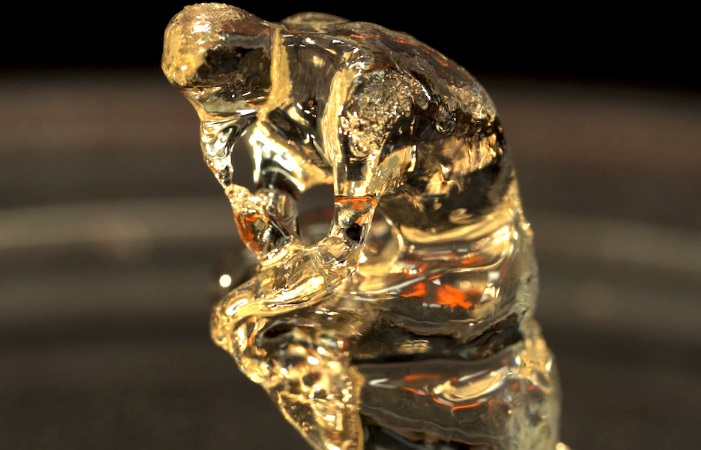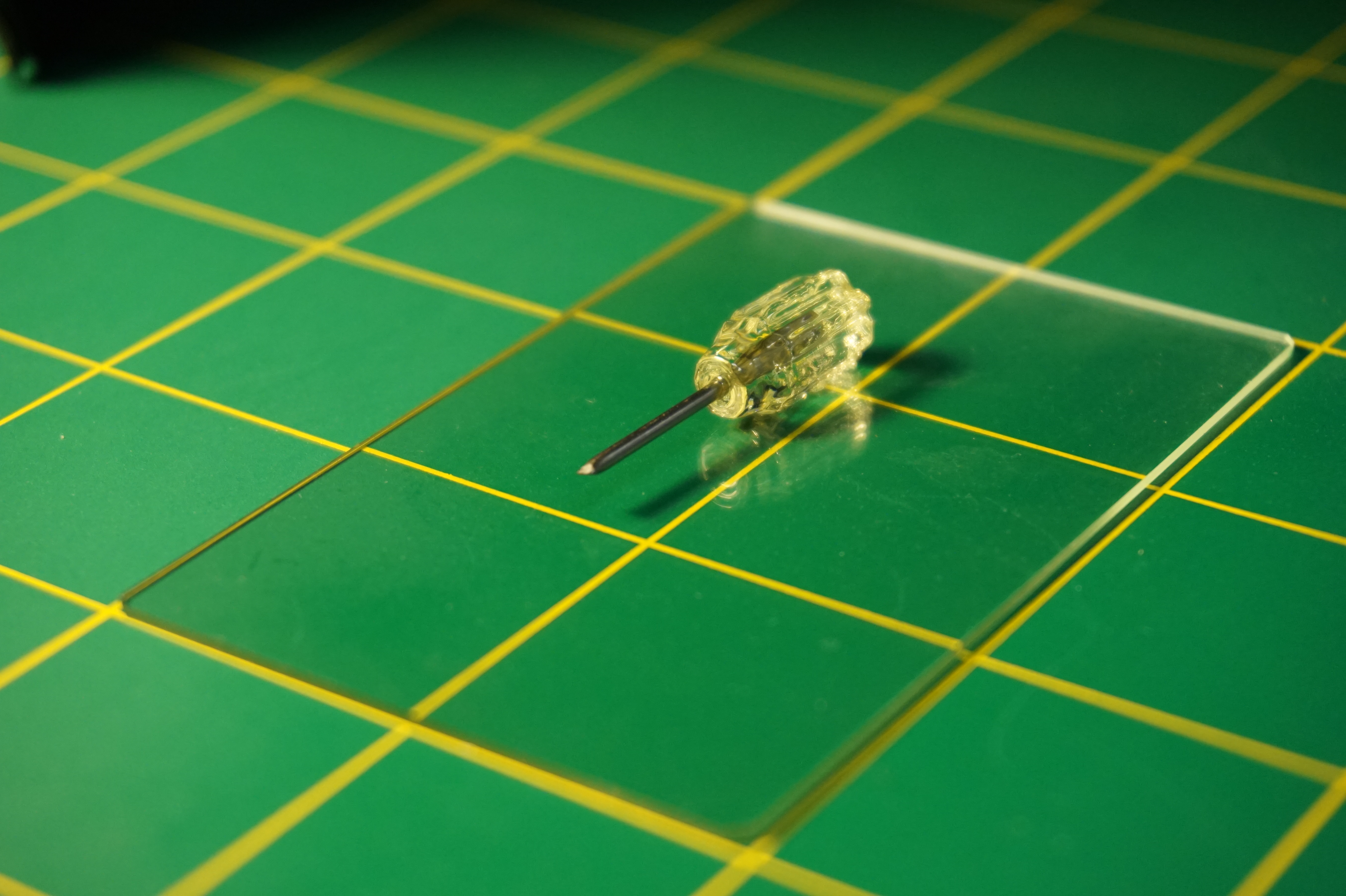Researchers from the University of California (UC), Berkeley have developed a 3D printer which projects CT scans onto a rotating volume of photosensitive resin.
Named after Star Trek’s Replicator, a device that can materialize any object on demand, this system uses Computed Axial Lithography (CAL) for smooth, flexible and more complex 3D models.
In the research paper published in Science, the team stated that the Replicator is a step towards mass-customization of objects such as prosthetics and running shoes.
“This is the first case where we don’t need to build up custom 3D parts layer by layer,” said Brett Kelly, co-first author on the paper.
“Our process enables us to construct components that encase other pre-existing solid objects, allowing for multi-material fabrication. We developed models to describe speed and spatial resolution capabilities.”
No more layers
Light-based techniques 3D printing, i.e, Digital Light Processing (DLP) and Stereolithography (SLA), build up 3D objects layer by layer. This process causes a “stair-step” effect along the edges, according to researchers. Furthermore, such prints can lack flexibility and complexity due to required supports and deformation.
The Replicator uses a viscous liquid made from polymers mixed with photosensitive molecules and dissolved oxygen. This material reacts to a certain threshold of patterned light. This light is projected onto a rotating cylinder of liquid which then solidifies, forming into the desired shape.
“Basically, you’ve got an off-the-shelf video projector, which I literally brought in from home, and then you plug it into a laptop and use it to project a series of computed images, while a motor turns a cylinder that has a 3D-printing resin in it,” explained Hayden Taylor, assistant professor of mechanical engineering at the UC Berkeley, and senior author of a paper.
“Obviously there are a lot of subtleties to it — how you formulate the resin, and, above all, how you compute the images that are going to be projected, but the barrier to creating a very simple version of this tool is not that high.”

Reversing CT scans
The researchers claimed to have reversed the principle of CT scans, which project X-rays or other types of electromagnetic radiation into the human body from different angles.
“We are trying to create an object rather than measure an object, but actually a lot of the underlying theory that enables us to do this can be translated from the theory that underlies computed tomography,” added Professor Taylor.
“Our technique generates almost no material waste and the uncured material is 100 percent reusable – another advantage that comes with support-free 3D printing,” stated Hossein Heidari, a graduate student in Taylor’s lab at UC Berkeley and co-first author of the work.
This work was also supported by Laboratory-Directed Research and Development funds from Lawrence Livermore National Laboratory (LLNL). Maxim Shusteff, a staff engineer at the LLNL said:
“This is particularly satisfying for me because it creates a new framework of volumetric or ‘all-at-once’ 3D printing that we have begun to establish over the recent years. We hope this will open the way for many other researchers to explore this exciting technology area.”
The team has filed a patent application on the technique. While the 3D printer is some way from commercialisation, you can get one of the models used in development of the printer here.
“Volumetric additive manufacturing via tomographic reconstruction” is co-authored by Brett Kelly, Indrasen Bhattacharya, Hossein Heidari, Maxim Shusteff, Christopher M. Spadaccini, and Hayden Taylor.

It’s not too late to nominate an academic/research team for the upcoming 3D Printing Industry Awards 2019.
Want the latest 3D printing news? Subscribe to the 3D Printing Industry newsletter, follow us on Twitter and like us on Facebook.
Looking for a fresh start this year? Visit 3D Printing Jobs to commence your career in additive manufacturing.
Featured image shows a close-up of a 3D print (the Thinker) produced on the Replicator. Photo via UC Berkeley.


